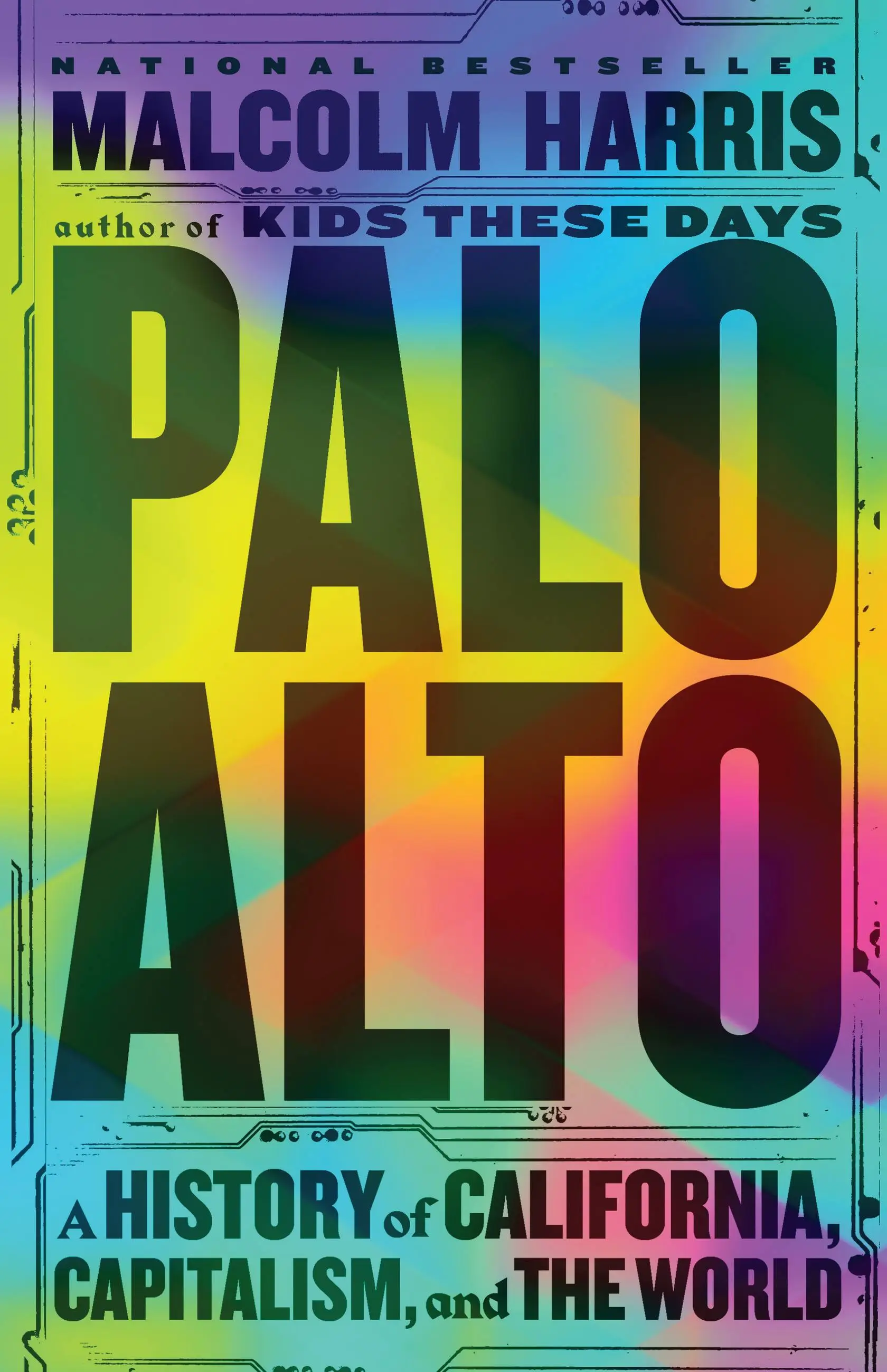To understand contemporary global capitalism, look to California, argues Malcolm Harris in Palo Alto: A History of California, Capitalism, and the World. Part history and part memoir of Harris’s own upbringing in the titular city, the book sprawls across 700 pages of grandiose and darkly funny prose that readily invites comparison to the Los Angeles trilogy of the late Mike Davis. It’s a story with villains: the powerful white settler men who remade California, and then the planet. Though Vasco himself doesn’t appear in its pages, the universe of Palo Alto is the same one he helped to create—a world where magical thinking supplants material reality.
Palo Alto rejects the standard narrative about Silicon Valley: the story about Great Men whose success is a testament to the virtues of American capitalist ingenuity. Yet Harris shares with the region’s boosters a belief that this place really is different. And why not? Its endless transformations seem to substantiate the idea that under the right conditions, the right people can manifest anything. Harris shows how stolen Ohlone and Shoshone land became a frontier backwater; then came a company town for the railroads, the pastoral campus of Stanford University, the Cold War laboratory of U.S. domination, and, most recently, the “incubators” in which gestated the technologies that make up the “just-in-time” economy and our gig-ified, app-mediated daily life.
The source of this endless reinvention is what Harris calls the “Palo Alto System:” a structure that maximizes the exploitation of people and nature, and places a few (mostly white, mostly men) at the top. From an early age, children in Palo Alto learn that their town is special. Harris describes a game he played at Ohlone Elementary School, in which he and his classmates acted out life during the 1850 Gold Rush. (“Every one of us an owner, a start-up.”) Each act of make-believe contains a lesson about how the world works—in this case, “why some people had big houses and others didn’t, why some people lived here and everyone else didn’t. They deserved it.”
Anglo California was founded on this myth—and lots and lots of gold. The 19th-century scramble for land and resources placed California at the forefront of technological innovation. Digging and panning were slow, so engineers took up “hydrolicking”—the technique of blasting the earth with water to reveal the glittering veins of gold beneath. In the early settlers’ thirst for profits, Harris sees a blueprint for the extractive industries that would follow. Settlers made fortunes from oil, agriculture, and the intercontinental railroad. Each industry catalyzed the development of new ways to subdue and use up the land. Each helped bring the ravenous Palo Alto System to life. After all: “There is no such thing as enough gold.”
